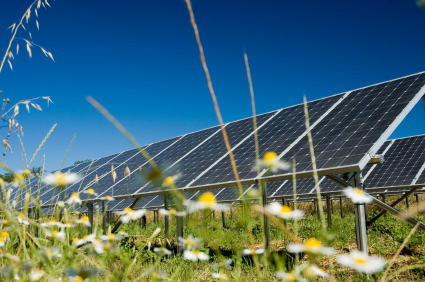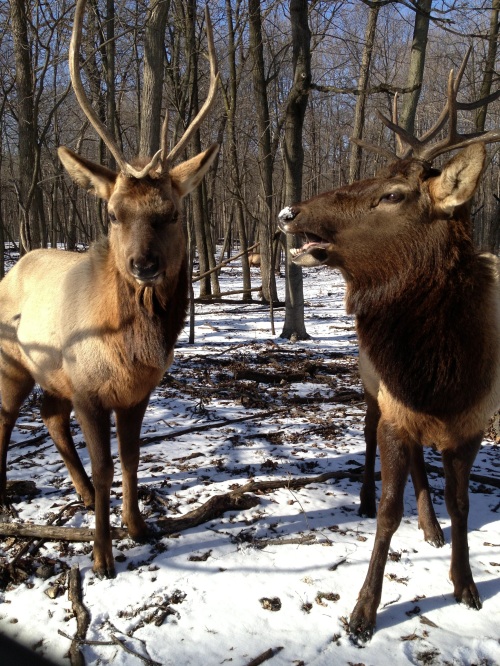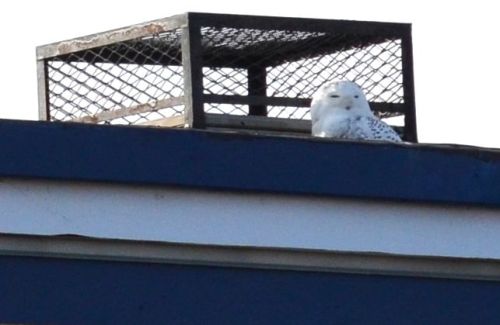It’s been a couple years since I announced that I’d be shutting down the Wicker Rooftop blog to focus on my new venture. But because my old posts are still generating emails and comments, I wanted to come back one last time.
I still occasionally receive gardening event invitations—and they’re very much appreciated—but I no longer live in Chicago. In early 2015 I moved to Los Angeles and began blogging about my new urban-outdoors experience on my blog ProvinceJournal.com
If you’ve never visited Los Angeles, you might be surprised to learn that it has less urban sprawl than many major U.S. cities. Though it’s the second largest city in the country, it has a great deal of flora and fauna both in and outside of its urban center. And a great many people working to protect that. Really nice people.
I’m in the process of looking for a house that has even more outdoor space than when I lived in Chicago. Also surprising to many, Los Angeles homes have yards. We don’t have condos, townhouses, and residential skyscrapers like Chicago. In fact, Los Angeles has far fewer tall buildings downtown than Chicago. That creates a challenge for the future of L.A. Creating new sustainable housing developments that accommodate demand but doesn’t add to the sprawl.
But as a country kid living in the city, I still need my backyard. No more condo rooftop gardening for me. L.A. is a chance to have dirt under my feet, a few backyard chickens, and maybe even a beehive. It turns out L.A. is very poultry friendly and most days I can hear roosters in my neighborhood.
If you’d like to see that process unfold, please visit ProvinceJournal.com. In addition to indoor/outdoor gardening, I’ll be blogging about my California explorations, like this recent road trip from Los Angeles to the country mountain town of Mammoth. I’ll also be adding a vegetarian recipe section and a shop selling vintage and handmade home & garden items.
Thanks for visiting Wicker Rooftop….and now Province!













































